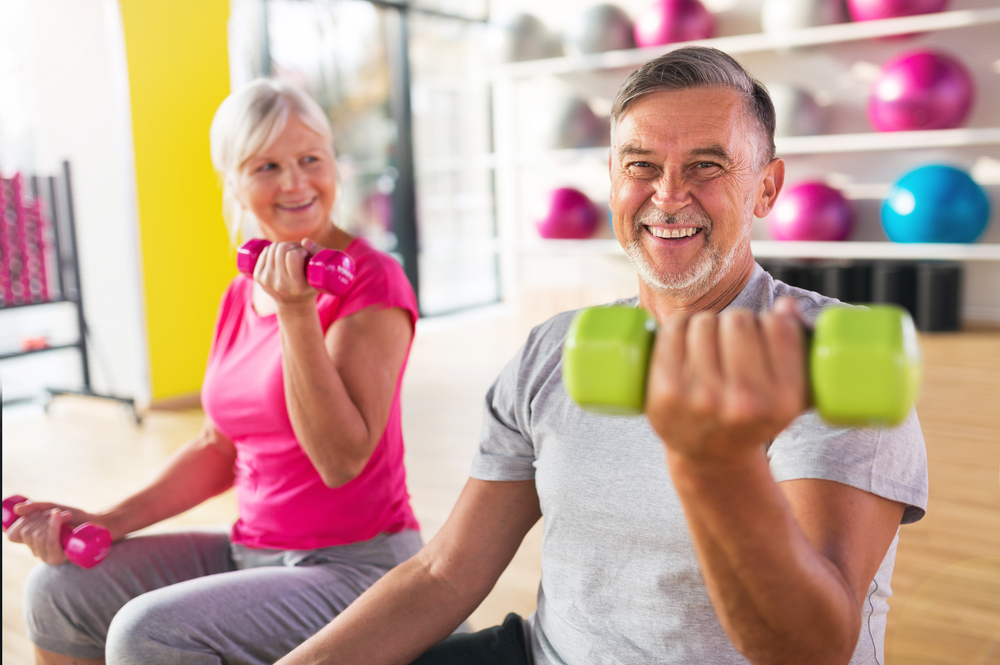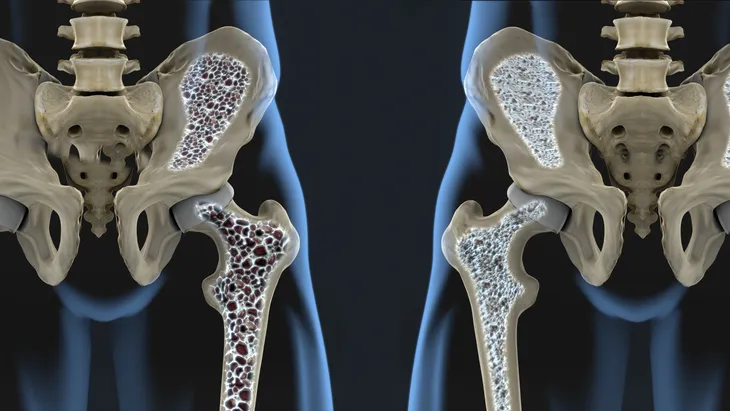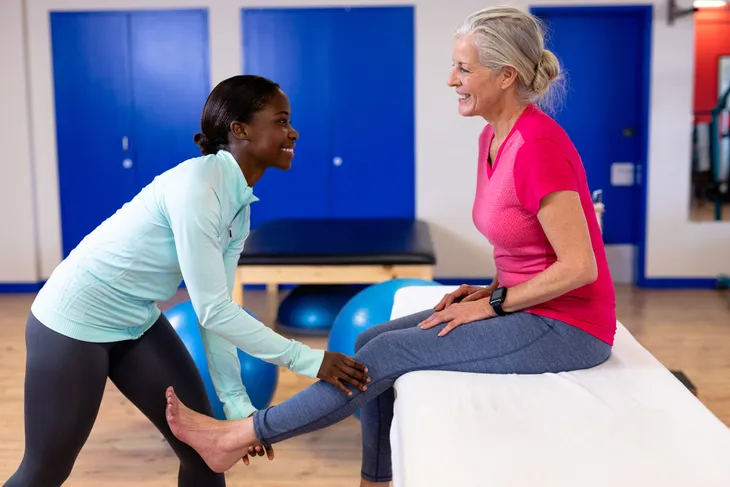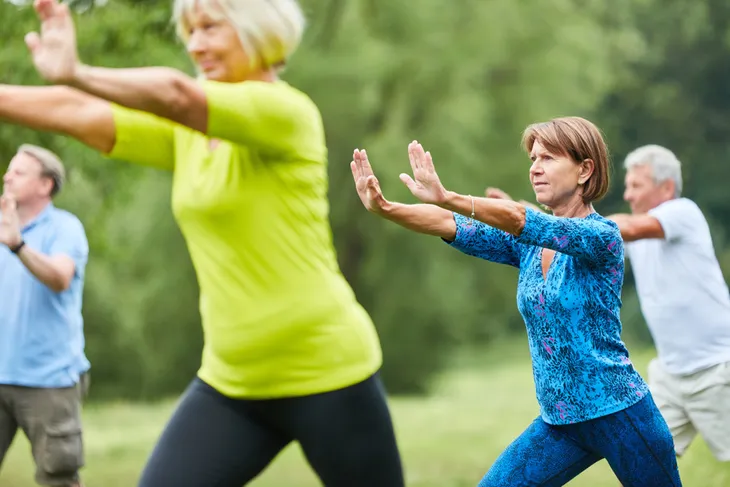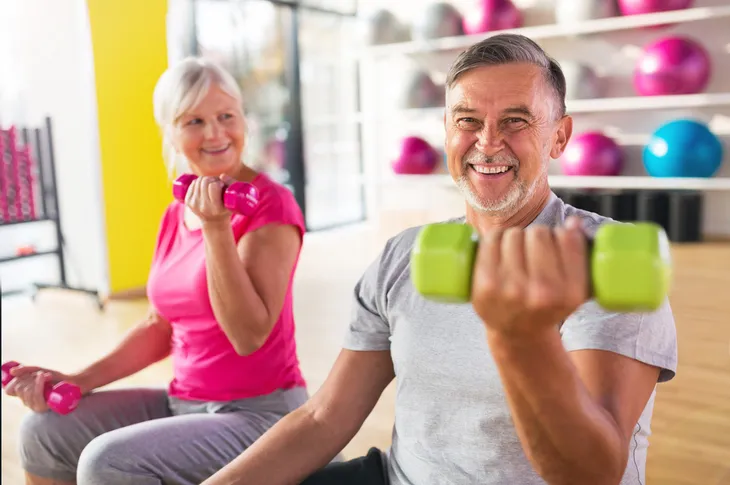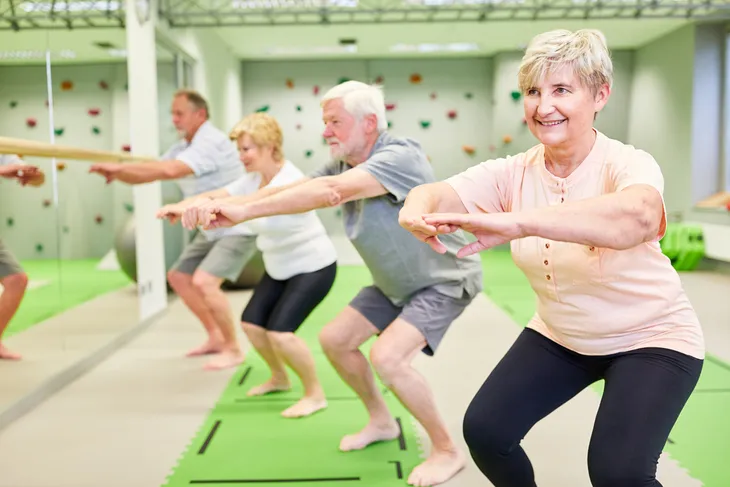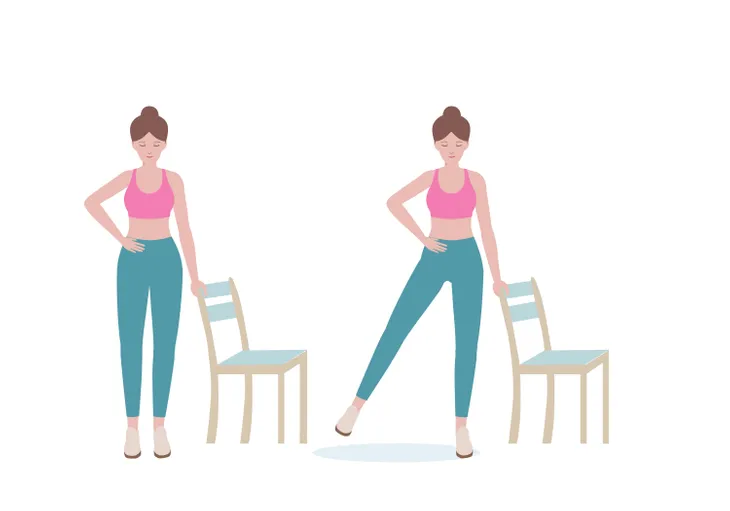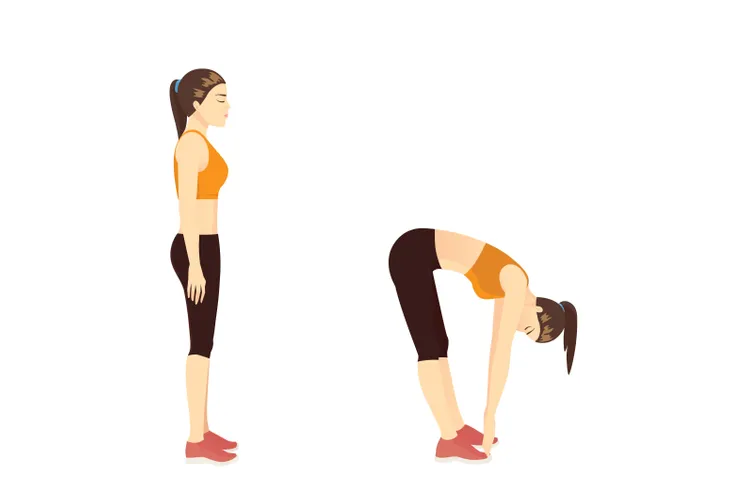Osteoporosis is a disease that weakens the bones so severely that it can cause them to break easily. It often affects bones in the hip, wrist, and spine. Unfortunately, it’s known as a “silent disease” because many individuals don’t even realize they have it until a bone breaks. This is why taking care of your bone health is so important!
The good news is, it’s never too late to start taking care of your bones. Along with a healthy diet, regular exercise can also help promote strong, healthy bones. So, let’s take a look at how exercise can benefit osteoporosis, as well as effective exercises you can try!
How Exercise Can Help Build Healthy Bones
Some individuals fear that being more active will increase your risk of falling and breaking a bone. While you should always exercise safely with proper form, exercise can actually help strengthen your bones and muscles. In turn, it can help improve your balance, flexibility, and coordination, all of which are crucial in preventing falls.
Most exercises are good for your overall health, but some are better at promoting healthy bones. So let’s take a look at some effective exercises for osteoporosis.
Check With Your Doctor
Before we dive into the exercises, it’s very important to point out, you should always check with your doctor before starting a new workout regimen. For example, high-impact exercises may not be safe for individuals with severe osteoporosis. In this case, low-impact exercises may be a better option.
This is why it’s imperative that you talk with your doctor or physical therapist first to determine what’s safe for your condition. They may even refer you to a physical therapist who can teach you how to properly do exercises with osteoporosis.
Low-Impact Exercises
If your osteoporosis is severe, it may be best that you start with low-impact exercises. This includes exercises like Tai Chi, Yoga, and even pilates.
While these exercises may not directly strengthen your bones, they can help improve your flexibility and coordination. Both of which help prevent your chances of falling and ultimately, breaking a bone. If your doctor approves these types of exercises, try doing them every day to strengthen your muscles and improve your posture and flexibility.
Weight-Bearing Aerobic Exercises
Walking, dancing and low-impact aerobics are all great examples of weight-bearing aerobic activities! Essentially these exercises involve exercising on your feet with your bones supporting your weight. These exercises can be beneficial for osteoporosis because they can help slow mineral loss in bones. As a bonus, they can also benefit your cardiovascular health too.
If you’re new to exercising, start slow and work your way up to 30-minutes per day most days of the week. Other great examples of aerobic exercises include stair climbing and using an elliptical training machine.
Strength Training
Strengthening your muscles is vital if you want to prevent falls and fractures. Thankfully, strength training can help!
Strength training involves using free weights, resistance bands, or your own bodyweight to help strengthen your muscles. Focusing on your spinal muscles is especially important for posture. Further, resistance training also contributes to maintaining bone density.
We recommend getting help from a personal trainer or physical therapist who has experience with individuals with osteoporosis. They can help you learn proper form and technique as well as the right strength training exercises for your condition. Now that we know what type of exercises can benefit osteoporosis, let’s look at a few individual exercises you can try!
Bicep Curls
You can perform bicep curls either standing or sitting — whatever you’re comfortable with. You can also use dumbbells (between 1 and 5-pounds) or a resistance band.
Holding the weight (or resistance band) in your hand, pull the weight towards your chest. Your bicep muscle should contract. Lower the weight and repeat for eight to 12 repetitions. If this exercise feels comfortable, try to complete two sets.
Shoulder Lifts
Like bicep curls, you can also perform shoulder lifts sitting or standing and with dumbbells or a resistance band. Start by holding a weight in each hand while keeping your arms at your sides.
Next, slowly raise your arms in front of you but be sure to not lock your elbow. If you can do so comfortably, lift to shoulder level (but no higher) or whatever level feels comfortable and safe. Try to repeat for two sets of eight to 12 repetitions.
Hamstring Curls
The hamstring muscles are located at the back of your thigh. Strengthening this area can help improve posture which is essential for individuals with osteoporosis. Keep in mind, you’ll need to perform this exercise standing so if you need to, hold onto a chair or table for support.
Begin in a standing position with your feet shoulder-width apart. Move your right foot back until only your toes are touching the floor and then slowly lift your heel towards your glutes. Lower your leg back down and try to repeat for eight to 12 repetitions before repeating with your left leg.
Squats
Squats are great exercises that can help strengthen both your glutes (buttocks) and the quadriceps (front of your legs). Start by standing with your feet hip-width apart. If you don’t have a good balance, then hold on to a chair or table for support.
Next, slowly bend your knees to get into the squat position until your thighs are parallel with the floor. Your back should be straight and you should be leaning (not hunching) slightly forward. Slowly return to the starting position and try to repeat for two sets of eight to 12 repetitions.
Ball Sit
A strong core can help you sit and stand straighter and helps stabilize your trunk during workouts. For this exercise, you’ll need a large exercise ball, and grab a partner so they can spot you.
Start by sitting on the exercise ball with your back straight and keep your feet flat on the floor. If you feel comfortable, hold your arms out at your sides with your palms facing forward. Try to hold this position for up to 1-minute and then stand and rest for a minute. Try to repeat a few times.
Foot Stomps
Healthline says, “The goal for exercise to reduce osteoporosis is to challenge the key areas of your body that osteoporosis most commonly affects, such as your hips.” And foot stomps can help!
This exercise is performed exactly how it sounds — while standing, you stomp one foot. You can imagine that you’re crushing something with each stomp. Perform up to five repetitions on one foot and then repeat on the other foot.
Leg Lifts
Leg lifts are a bodyweight exercise that targets major muscle groups in your body such as your hip flexors, lower back muscles, hamstrings, and core. It can also help improve your balance. If you don’t have a good balance, hold onto a chair or table for support.
Stand with your feet hip-width apart. Keeping your right leg firm on the ground, slowly lift your left leg to the side up to 6-inches off the ground. Finally, lower back down and try to repeat for eight to 12 repetitions before repeating with the right leg.
Exercises to Avoid
While there are plenty of great effective exercises for osteoporosis, there are some you should avoid. In general, it’s best to avoid exercises that involve bending forward or arching your spine. “That’s because most spine fractures occur in a flexion-based (forward bending) position,” says Cleveland Clinic.
If you’ve experienced an osteoporotic fracture you’ll want to avoid exercises that involve side bending, forward bending, and even exercises that involve rotating your core.
The good news is, there are still plenty of great exercises to choose from to help maintain bone health. Speak with a physical therapist or personal trainer who specializes in osteoporosis to find out which exercises are best for you!
